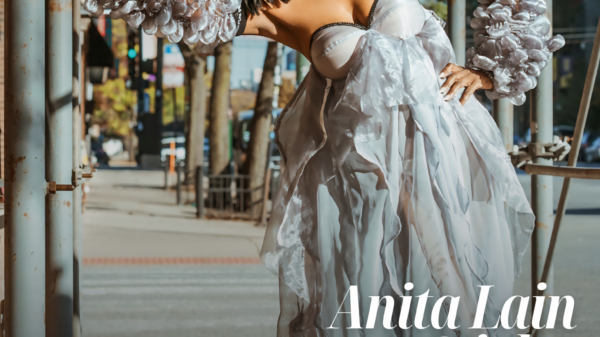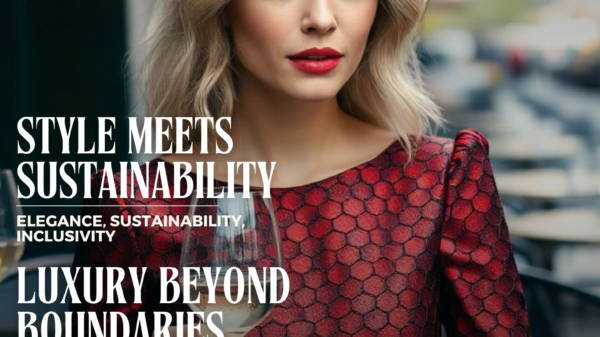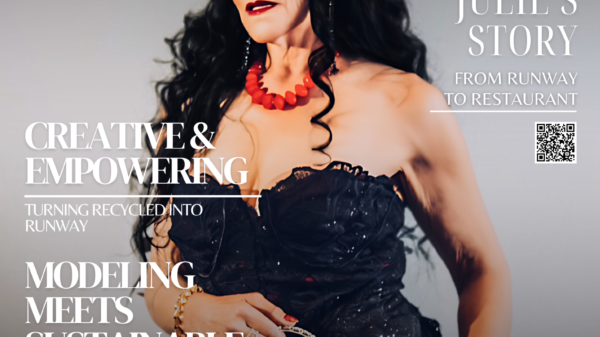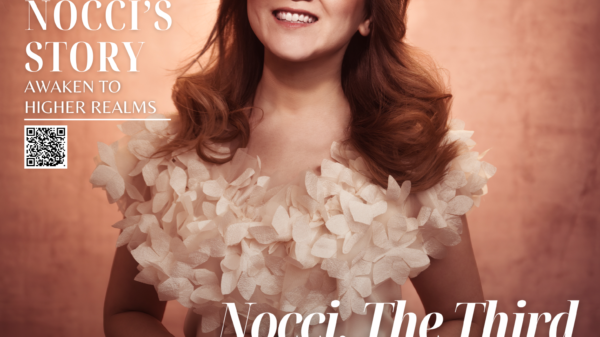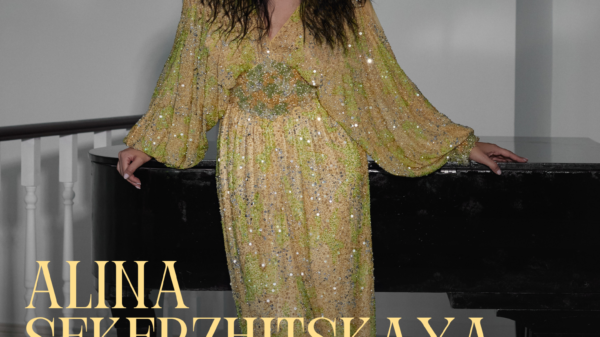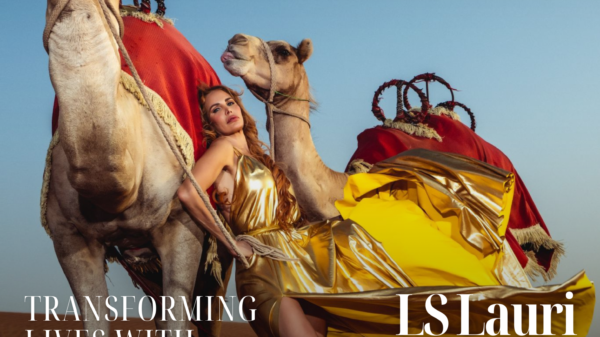In a world increasingly divided by political polarization and social unrest, Queen Sonja of Norway offers a poignant reminder of art’s power to bring people together and foster understanding. Her words, spoken at the biannual Queen Sonja Print Award ceremony, where renowned artist Anselm Kiefer received a lifetime achievement award, resonate with a profound truth: art has the unique ability to transcend boundaries and connect us on a deeper level.
As the queen eloquently stated, “Art is a unifying force in turbulent times.” This sentiment is particularly relevant in the face of the rising tide of right-wing and far-right political movements across Europe and beyond. In a world where ideological differences often lead to conflict and division, art serves as a bridge, allowing us to engage with diverse perspectives and find common ground.
The queen’s emphasis on the importance of open communication and culture in these “turbulent times” is a call to action for artists, cultural institutions, and the public alike. By embracing art as a tool for dialogue and understanding, we can navigate the complexities of our era with greater empathy and resilience.
Historian and television presenter Simon Schama’s remarks at the ceremony further underscore the vital role of art in shaping our collective consciousness. His acknowledgment of Queen Sonja as a “guardian angel for the integrity of culture” in the face of the “threatening age of AI” highlights the urgent need to preserve and champion the human element in artistic expression.
The award ceremony itself serves as a testament to art’s power to celebrate diversity and elevate marginalized voices. The recognition of Sámi artist Tomas Colbengtson with the Queen Sonja Print Award 2024 is a significant step in acknowledging and amplifying the rich cultural heritage of Indigenous communities. Colbengtson’s poignant words about the historical destruction of Sámi culture in Norway remind us of the ongoing struggle for cultural preservation and the importance of art in reclaiming and celebrating identity.
However, Schama’s thought-provoking challenge to the notion of art as a conveyor of peace adds depth to the conversation. He argues that great art, like great history, has the capacity to disturb and unsettle, to confront us with the harsh realities of the human experience. This idea resonates with Kiefer’s own artistic journey, which has grappled with the dark underbelly of humanity, rooted in his personal experience growing up in post-Nazi Germany.
In a world that often seeks comfort and escapism, Schama’s words remind us that art’s true power lies in its ability to provoke, to challenge, and to push us to confront our own biases and preconceptions. It is through this confrontation with pain, tragedy, and cruelty that art can ultimately lead us to a deeper understanding and, perhaps, a sense of peace.As we navigate the turbulent waters of our time, let us embrace art as a catalyst for reflection, unity, and growth. By engaging with diverse artistic expressions and allowing them to challenge and transform us, we can build a more compassionate and connected world, one brushstroke at a time.


